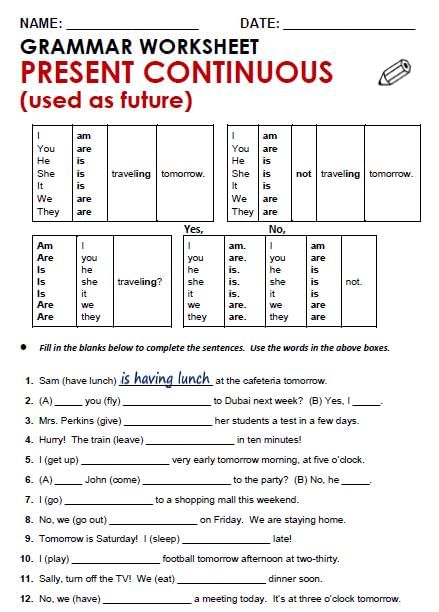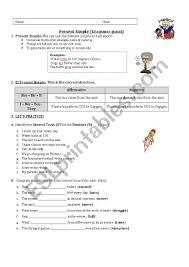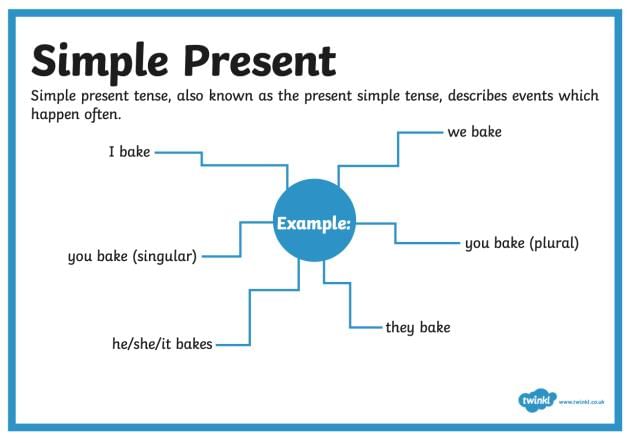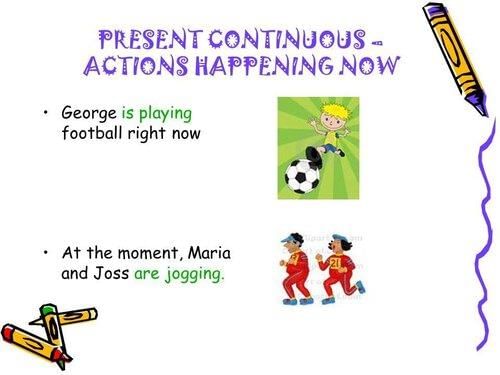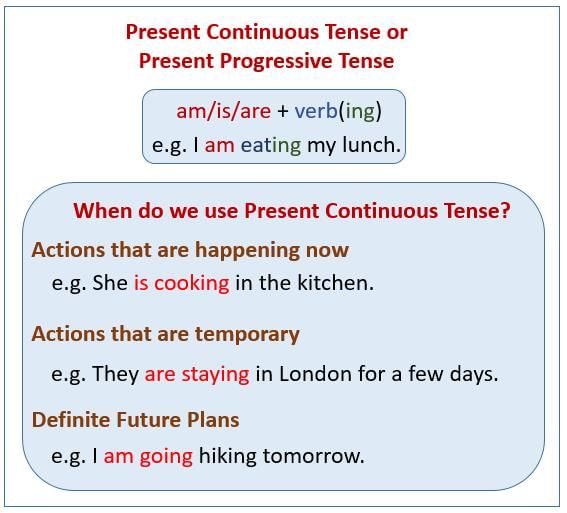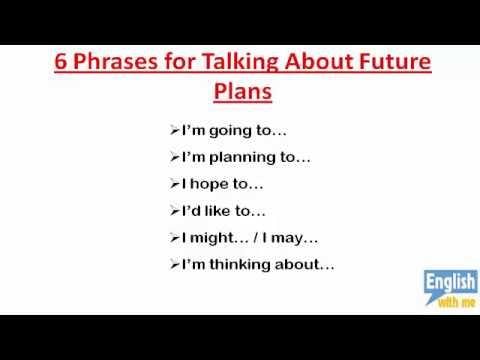|
What are the four subcategories of tense that indicate the continuance or completeness of action? |
Card: 1 / 20 |
|
The four subcategories of tense are Simple Tense, Continuous Tense, Perfect Tense, and Perfect Continuous Tense. 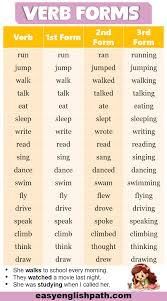 |
Card: 2 / 20 |
|
Fill in the blank: The present continuous tense is used for an action that is planned or arranged to take place in the ___ future. |
Card: 3 / 20 |
|
What is the main difference between the perfect tense and the perfect continuous tense? |
Card: 7 / 20 |
|
The perfect tense indicates that an action is complete with respect to a certain point in time, while the perfect continuous tense indicates that an action has been ongoing for a long period and is not yet finished. 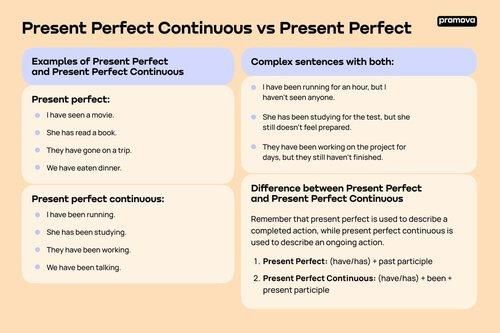 |
Card: 8 / 20 |
|
Riddle: I am used for habitual actions and general truths, but I am not continuous. What tense am I? |
Card: 9 / 20 |
|
Fill in the blank: The present continuous tense describes actions that are ___ at the time of speaking. |
Card: 11 / 20 |
|
In vivid narrative, the simple present tense serves as a substitute for the simple past tense, creating a more immediate and engaging experience. 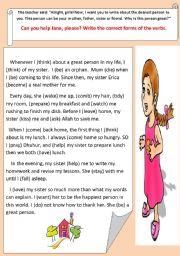 |
Card: 14 / 20 |
|
Multiple Choice: Which of the following is NOT a use of the present continuous tense? A) An action happening at the time of speaking B) A habitual action C) A temporary action D) A planned future action |
Card: 15 / 20 |
|
The present perfect tense should be used to indicate completed activities in the immediate past, as in 'He has just gone out.' 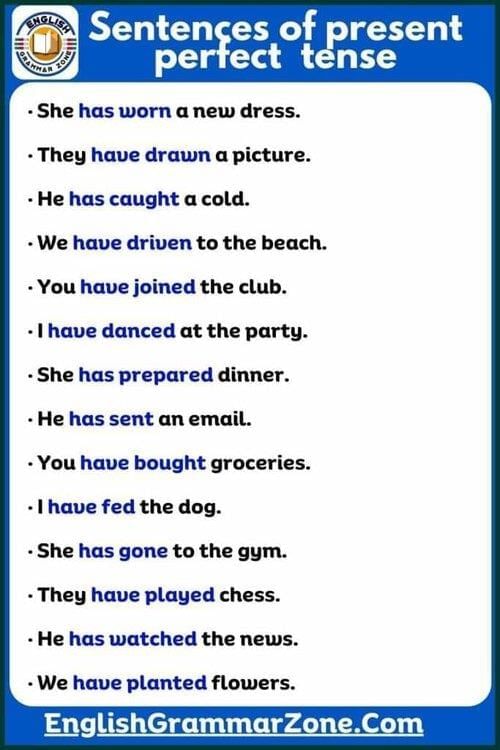 |
Card: 18 / 20 |
|
Fill in the blank: It is incorrect to say 'I am going to cinema next week.' Instead, you should say, 'I will go to ___ next week.' |
Card: 19 / 20 |
 Completed! Keep practicing to master all of them. |






